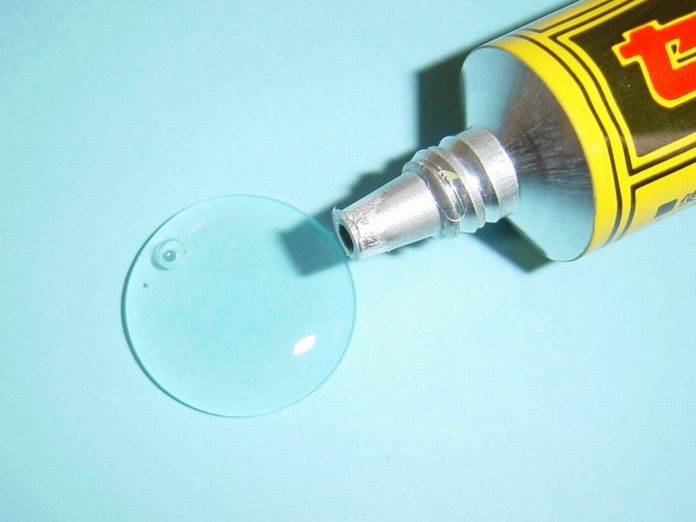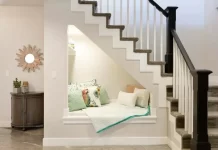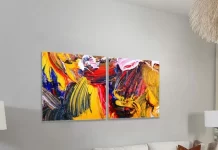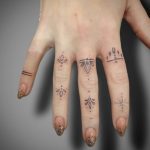Glue is an adhesive material that is basically used to assemble any kind of material. There are different types of glue for different materials for woods there is a different composition of glue, for fiber, there are some other compositions. But the basic functions of the material are the same. There are some materials which can be fixed with only some special materials. UV curing is such a material that is used as glue but it remains invisible while applying them on a particular material. These adhesives are generally used to print, decorate, and put a coating on something and so on. The most important use of this type of material is stereolithography. In this article, you will know how does UV Light Glue Work and what are its Uses?
The Basic Formula
When you are using UV curing to assemble some materials together, then there is a huge use of ultraviolet rays. The presence of Ultraviolet rays triggers a photochemical reaction that is responsible for the generation of a cross-linked polymer network. This cross-linked network helps the materials to stick to one another. This whole process happens at low temperature and at a high speed. The UV curing materials don’t need any kind of solvent to put on a particular material because the process of curing happens via polymerization. This process does not require evaporation as in the other processes required. This process was discovered in the year 1960. It is a very popular process in the case of the manufacturing industries.
Different Variations of UV Curing
The first thing that is required for this ultraviolet curing is a mercury vapor lamp. In several industries, this is used as a standard procedure for curing. The bulbs get active when there is high voltage in them and while this voltage is passing through the bulbs, it helps the mercury to get vaporized. Within the mercury, there is a physical reaction also. An arc is created thereby high voltage and temperature. This arc emits some spectral outputs at the particular region where the ultraviolet ray is available in the light spectrum. This arc also causes the intensity to grow at a range of 240 nm to 380 nm. This powerful and intense spectrum causes the formulation of the polymer cross-link and makes the curing process successful.
Some Innovation in this Field
There are new discoveries every day and every moment. So in the field of UV curing also, you can see different innovative techniques. These techniques get popular day by day in usage in the industries. The most recent technology that has been developed by scientists is the UV LED curing. This is new in the market but has captured some important market share due to its several advantageous usages. This technology has relieved the workers from using mercury lamps which could be harmful to the health of the workers. The place of the mercury lamps has been taken by the fluorescent lamps which have the capacity to be dialed into a specific range of frequency as and when needed. The UV Light Glue technology has been so far developed in such a way that the most previously used material can do the needful functions for you.
Types of Lamps Used in Ultraviolet Curing
There are several types of Ultraviolet lamps which are used in the UV curing process. The first type of lamp which is used in this process is the Mercury Vapor Lamp. It provides an output of UV waves which is of short-range between 220 nm to 320 nm. These H type lamps are very good for the clear coating of materials. If someone needs to make a layer of thin ink to produce a hard surface, it gives a really glossy finish.
The second type of lamp used in this procedure is the Mercury vapor lamp which has an iron additive additionally. This addition results in a strong wave of high length that ranges between 350 to 400 nm. The mercury maintains its short wavelength which is more effective in combination with the long wave. These D type lamps are basically used for curing inks that are heavily pigmented. Other than these, there are some different additive materials that work with the vapor lamps in combination like the gallium lamps, fluorescent lamps, and LEDs.
Advantages of UV Curing
There are many advantages to this UV curing process in the industries. This technique gives a very good finish on the materials. This technology also helps to give a fast-finishing to the materials and make them available in the market. In due course of speeding up the functions of production, this technique helps to reduce flaws and mistakes. If the materials are kept in open spaces and are coated with painting materials, then there could be traces of dust, files and so on. The hardness of the materials stays intact and the finished materials get a very glittering appearance in front of the customers.
Applications of UV Curing
Basically, the technique of UV curing is used in case of drying and curing of adhesives, inks and more importantly the coatings. This UV cured adhesives have replaced the two-part adhesives. The conventional adhesives needed to be removed by solvents. Moreover, there were needs of mixing the materials in a particular ratio to get the perfect result out of it. Besides, the life of the finishing was not guaranteed. The most popular use of UV curing is in the process of screen printing. In this process, the UV curing procedure is used to polymerize the images to be printed on the products. This technique is popularly used in printing t-shirts and other materials.
One of the most prevalent uses of this UV curing process is the printing of fine instruments which need to be handled with immense care. The sophisticated music apparatus like guitars, violins, and other wood crafts are painted and printed by this technique. The use of this UV curing technique is not only confined to these functions only, but there are other functions like printing the plastics, canvas, paper, metals, and glasses are also done.









